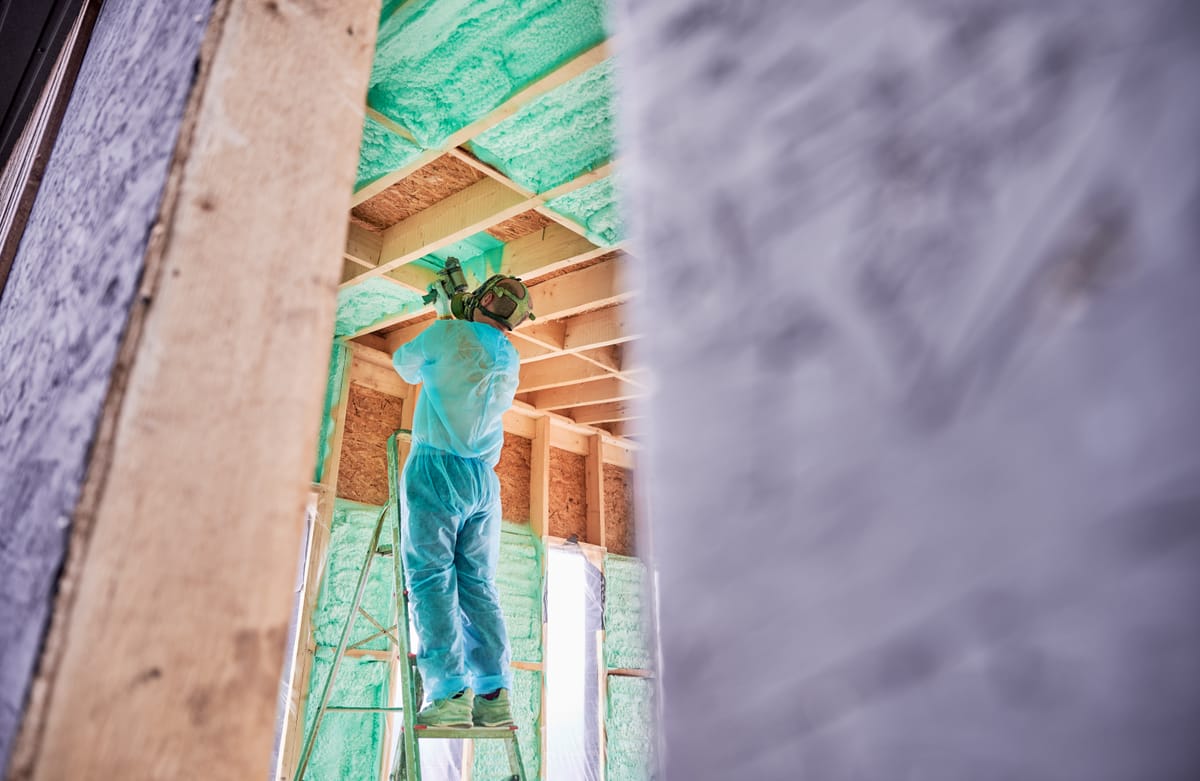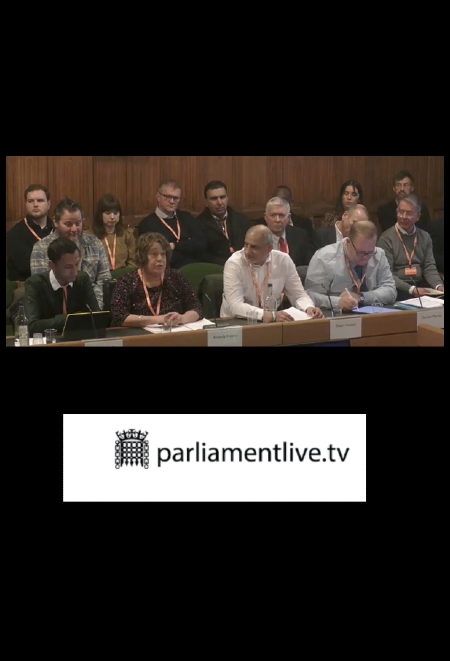The UK’s Insulation Problem

Tackling Bad Apples to Restore Confidence in Retrofit Schemes
The UK’s push for energy efficiency has been marred by the actions of a small but significant number of rogue installers.
While many companies within the insulation industry operate to high standards, recent evidence presented to the Energy Security and Net Zero Select Committee has highlighted serious cases where poor workmanship, inadequate oversight, and regulatory gaps have led to devastating consequences for homeowners.
Instead of a broad indictment of the industry, this is a story of systemic weaknesses being exploited by a minority of bad actors—bad apples that must be removed if public trust in home insulation is to be restored. In fact, the government has already begun to take action, suspending 39 insulation firms from installing solid wall insulation due to substandard work.
When Insulation Goes Wrong: The Personal Cost
At the heart of the committee’s findings were the experiences of homeowners who suffered life-altering consequences due to botched insulation work. An investigation found that tens of thousands of homes fitted with insulation under government-backed schemes may now be at risk of damp and mould.
Amanda’s story dates back to 2007, when she discovered damp and mould in her home within weeks of moving in. Years of inaction followed. Despite her best efforts to get her freeholder to address the problem, she was met with delays and excuses. Now, after multiple retrofit attempts, her home is in worse shape than ever, with woodworm, structural damage, and ongoing damp.

Zach’s mother was one of thousands of homeowners who participated in a government-backed scheme, only to face shocking consequences.
“Twelve months after the job was completed, I found a mushroom growing in her bedroom,”
he told the committee. What followed was an exhausting two-year battle to hold someone accountable for the extensive dry rot that has now made the home uninhabitable.
The issues aren't isolated. In some cases, cavity wall insulation has been found to be causing significant structural damage, leaving homeowners in desperate situations.
For both Zach and Amanda, navigating the complaints process has been a nightmare. Amanda described how she had become “institutionalised” to the squalor of her own home, giving up on redecorating because damp would simply ruin it again. Meanwhile, Zach’s mother has been forced out of her home altogether, telling him
“I just want to be able to return so I can die in my own house.”
A System That Allows Poor Workmanship to Slip Through the Cracks
While many insulation companies deliver excellent results, some rogue installers have exploited the lack of oversight to rush through poor-quality work, often at the expense of homeowners.
"Government Endorsed" Is used across the Trustmark website
One of the biggest concerns raised in the committee was the difficulty in holding these companies accountable. Trustmark, NAPIT, and other accreditation bodies were criticised for allowing a process where “installers mark their own homework” rather than being independently inspected.
Homeowners frequently struggle to get redress. Even those with insulation guarantees often find them worthless, as companies dissolve and reopen under new names to avoid liability.
Another major issue is the role of lead generators—salespeople who knock on doors offering insulation upgrades. These individuals rarely disclose the name of the installation company, making it difficult to hold firms accountable when issues arise. Many homeowners only realize there’s a problem when their mortgage lender refuses a remortgage due to spray foam insulation risks.
The Majority of Installers Get It Right—But Regulation Must Catch Up
Despite the high-profile failures, most UK insulation projects are carried out successfully, improving energy efficiency and reducing bills.
However, as Andy Manning from Citizens Advice pointed out:
“We need to reset how we get there.”
He proposed a move toward a “single accreditation scheme” covering all home upgrade measures, ensuring that a consistent high standard is met across the board.
One of the key recommendations was to establish an independent ombudsman for home insulation, ensuring that homeowners have a straightforward way to seek redress when things go wrong. Currently, some homeowners are being advised to open windows and turn up the heating to counteract damp caused by insulation—an obviously counterproductive measure.
What Needs to Happen Next?
The committee’s findings offer a roadmap for fixing the gaps that rogue installers have exploited.
1. Stronger Oversight and Enforcement
While accreditation exists, it needs real teeth. Installers caught carrying out poor-quality work should be struck off and prevented from re-entering the market under a new name.
2. Independent, On-Site Inspections
Current rules allow installers to self-certify their own work. Instead, external, third-party inspectors should be required to verify all insulation work.
3. A Single Complaints Process
Homeowners currently face a fragmented complaints system, bouncing between accreditation bodies, installers, and local councils. A centralised helpline or ombudsman service is needed.
4. Better Consumer Information
Many homeowners assume that a government-backed insulation scheme means it will be properly regulated. Clearer communication about homeowners’ rights and responsibilities is needed.
5. Tougher Action Against Repeat Offenders
Some rogue installers have cycled through multiple company names to avoid liability. Those responsible for multiple cases of poor workmanship should be held personally accountable.
A Fairer Future for Home Insulation
Home insulation remains one of the most effective ways to reduce energy bills, cut carbon emissions, and make homes more comfortable. But trust in retrofit schemes has been eroded by high-profile failures and cases of extreme negligence.

The industry is not rotten to the core—but it does have bad apples that need to be dealt with. With proper oversight, independent inspections, and clear accountability, the UK can ensure that insulation schemes truly deliver the warm, energy-efficient homes they promise .
With the government pushing for more homes to be insulated in the coming years, now is the time to fix these issues before more homeowners are left facing ruin. The vast majority of firms are doing good work.
But those who aren’t need to be stopped—before more homes turn into uninhabitable wrecks.
